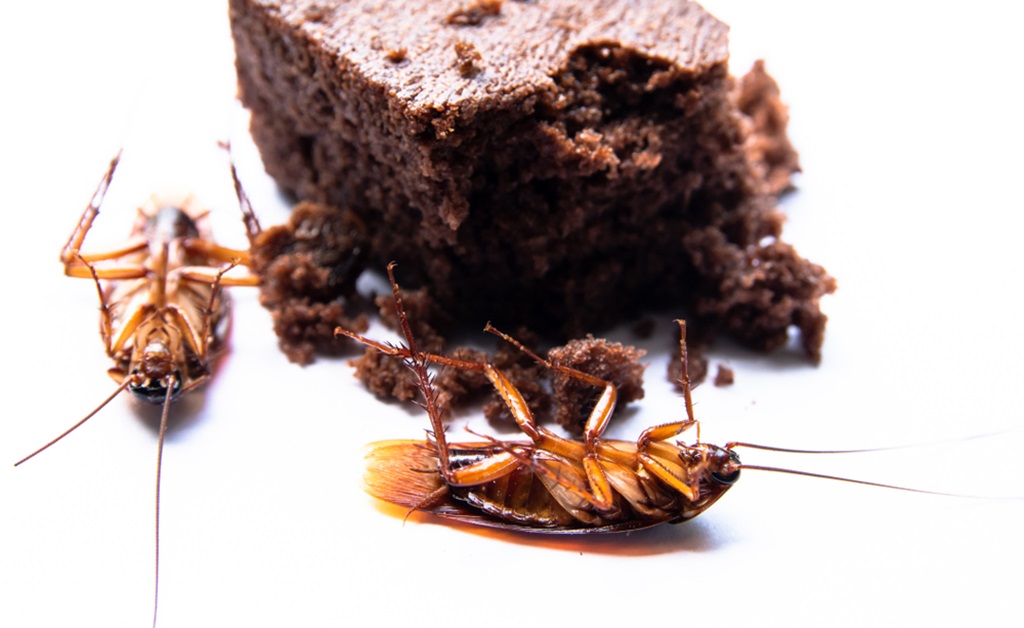Undeniably, the mere mention of cockroaches is sufficient to elicit a sense of unease and revulsion among most individuals. But, it is critical to note that not all insects resembling these perturbing pests are indeed cockroaches. If you can differentiate between these creatures, you can respond suitably and prevent unnecessary distress. So let’s explore some bugs that look like cockroaches. Whether it’s a bug with a long antenna or just bugs that look like roaches, let’s learn more.
Assuming Identities: Insects Mistaken for Cockroaches
1. The Deceptive Crickets
Crickets frequently get mistaken for cockroaches, primarily due to their corresponding sizes and dark brown exteriors. Nevertheless, a few revealing disparities are:
- Exterior: The long antennae and visibly large rear legs of crickets, built for jumping, make them distinctive. Cockroaches, contrastingly, possess shorter, even-sized limbs.
- Actions: Renowned for their distinctive melodies produced by wing-rubbing, crickets stand out. Cockroaches remain silent.
- Living Space: Crickets thrive in humidity and are generally found in basements or near water. By comparison, cockroaches adapt to a variety of areas, including dry ones.
2. The Aquatic Pseudo-Cockroaches – Water Bugs
The physical resemblance of water bugs, particularly the giant ones, often leads to them being mistaken for cockroaches. The good news is that Sarasota Bug Control Services can tell you the difference.
- Body Features: Water bugs outsize most cockroaches, boasting of a more flattened, oval body. Their mouthparts, designed for piercing and sucking, are evident.
- Behavior: Water bugs typically inhabit water bodies such as ponds and streams, while cockroaches can be present in diverse indoor and outdoor settings.
- Habitat: Different from cockroaches, water bugs are aquatic and rarely venture indoors.
3. The Misnamed Palmetto Bugs
Palmetto Bugs, a type of American cockroach and therefore another of the insects that look like cockroaches, are often wrongly considered distinct from cockroaches due to differing size and habitat.
- Appearance: Palmetto bugs are larger and a more pronounced, reddish-brown color compared to the standard household cockroach.
- Behavior: These bugs are typically spotted outdoors, particularly in warmer climates, and are capable of brief flight, unlike other cockroach species.
- Habitat: Palmetto Bugs are common in moist, warm habitats such as under compost or in garden beds.
4. The Camouflaged Ground Beetles
Ground beetles showcase a resemblance to cockroaches in shape and color, leading to false identification. People often ask ‘is a cockroach a beetle?’ and the answer is no.
- Features: The elongated bodies of beetles and their colors – black or dark brown – can cause confusion. They, however, have noticeable, ridged wing covers, unlike the smooth wings of cockroaches.
- Behavior: Quick-footed ground beetles are usually seen sprinting across the terrain and are beneficial, hunting other pests.
- Habitat: These beetles are predominantly outdoorsy but may enter homes for food.
Practical Tactics for Bug Identification
- Inspection: Investigating the length and shape of the bug’s legs and antennae can be revealing. More uniform legs belong to cockroaches, while crickets sport noticeable rear legs.
- Behavior Monitoring: Paying heed to any sounds or movement patterns can be insightful. Chirpings likely indicate crickets, while swift scurrying may suggest a ground beetle. You’ll soon learn to distinguish between cockroaches and bugs similar to roaches.
- Environment Observation: Identifying the location of the bug can aid identification. Water bugs are found near water, while cockroaches adjust to varied environments.
Discerning these differences equips homeowners and pest control professionals to correctly identify and handle pest issues. By debunking prevalent misapprehensions about insects resembling cockroaches, we equip ourselves with precise knowledge and can act appropriately to maintain our homes and workplaces. What insects look like roaches? You now have the answer!
READ OUR OTHER BLOG: HOW DO I PREVENT FRUIT FLIES?

